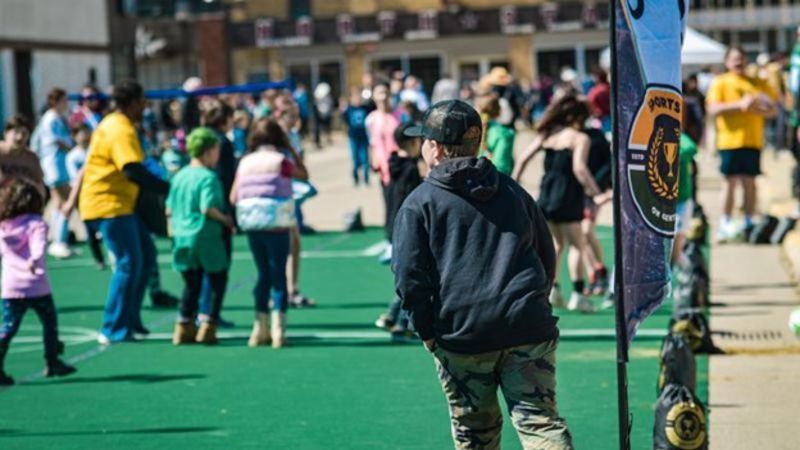
‘Know the dangerous ones’: Sask. mushroom picker shares safety tips ahead of foraging season
As the forests and meadows of Saskatchewan come back to life each spring/summer season, they bring with them a lively bounty — wild mushrooms.
But as interest in foraging grows, Donovan Thiessen has one message for beginners: learn the dangerous species first or don’t pick at all.
“There are potentially dozens of species of toxic mushroom in Saskatchewan, and there’s no rule,” said Thiessen, a mushroom expert based in Meadow Lake who runs a Facebook group for foragers with over 10,000 members.
“Each [kind of] mushroom has some mushrooms like enoki — they have like four or five different lookalikes and several of them are lethal.”





